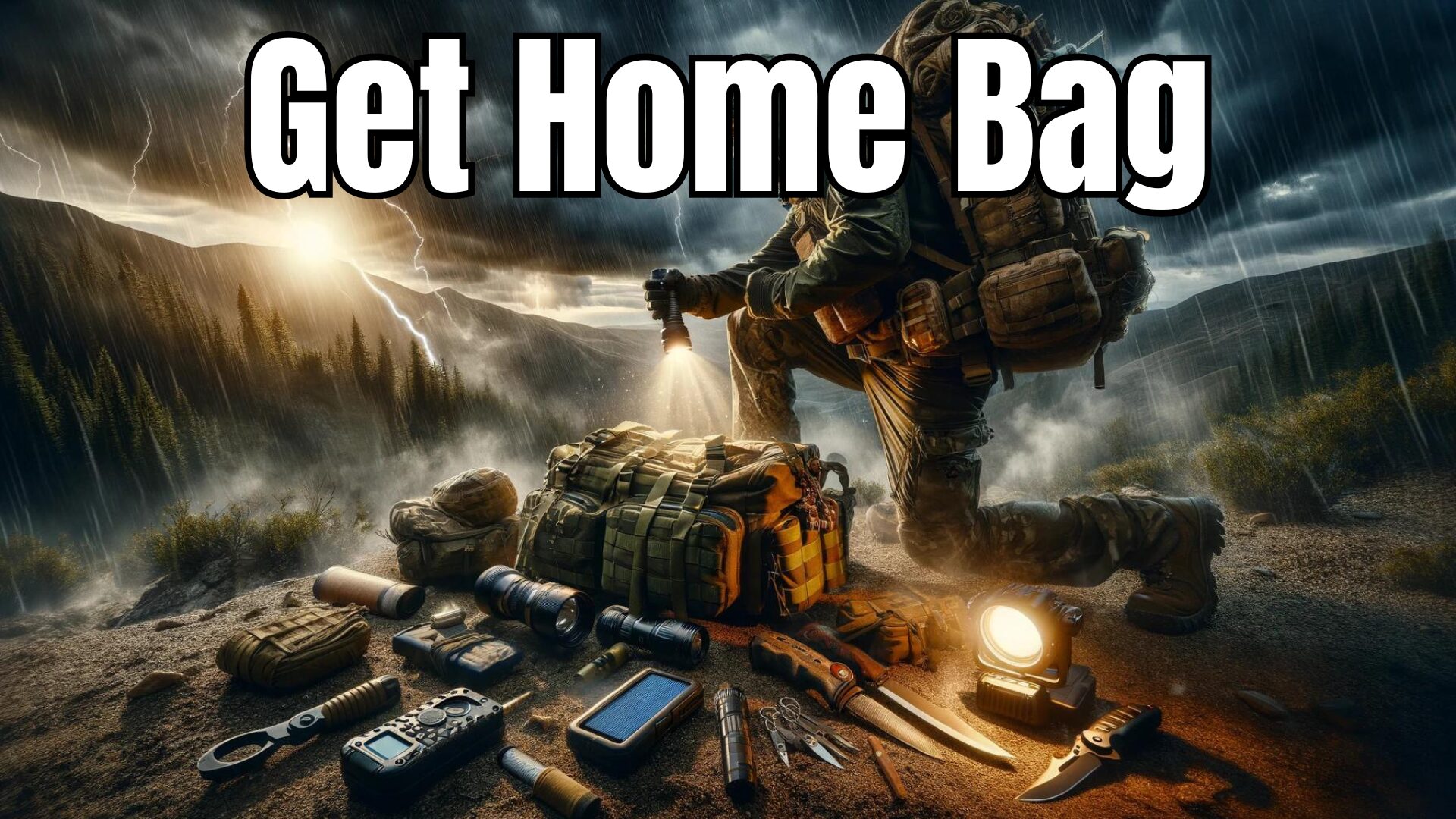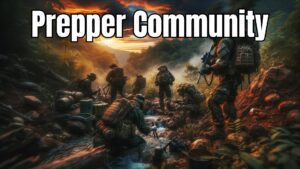In the unpredictable journey of life, the right gear can be your lifeline.
Discover the essentials of a Get Home Bag (GHB) versus a Bug Out Bag (BOB) for those critical moments when every choice matters.
Table of Contents
Ultimate Get Home Bag vs. Bug Out Bag Comparison
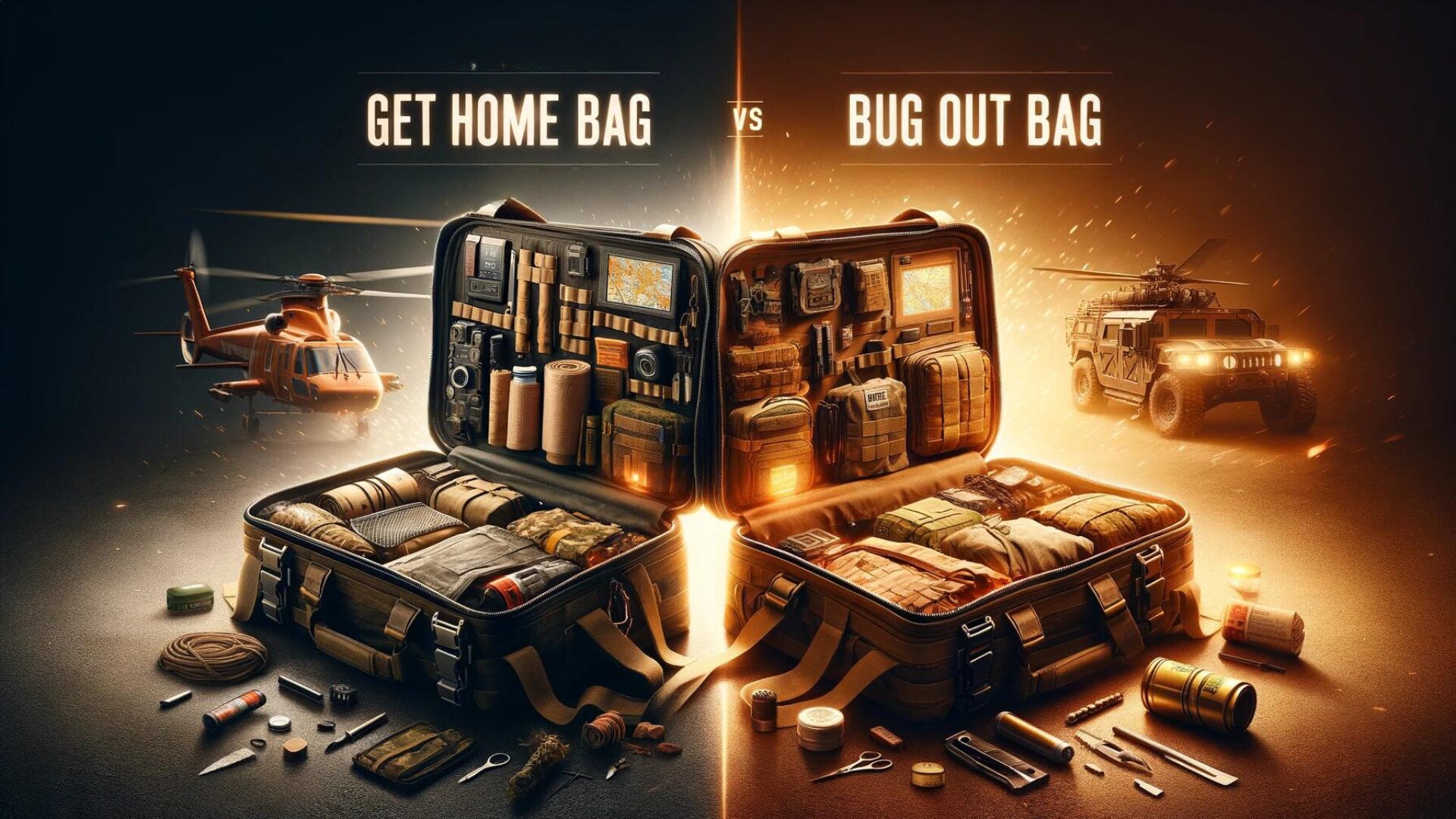
Get Home Bag
This bag is designed to help you reach safety in case of an emergency while you are away from home.
Comparing to Bug Out Bag
While a bug out bag is more comprehensive with supplies for a longer-term survival scenario, a get home bag prioritizes getting you to safety quickly and efficiently.
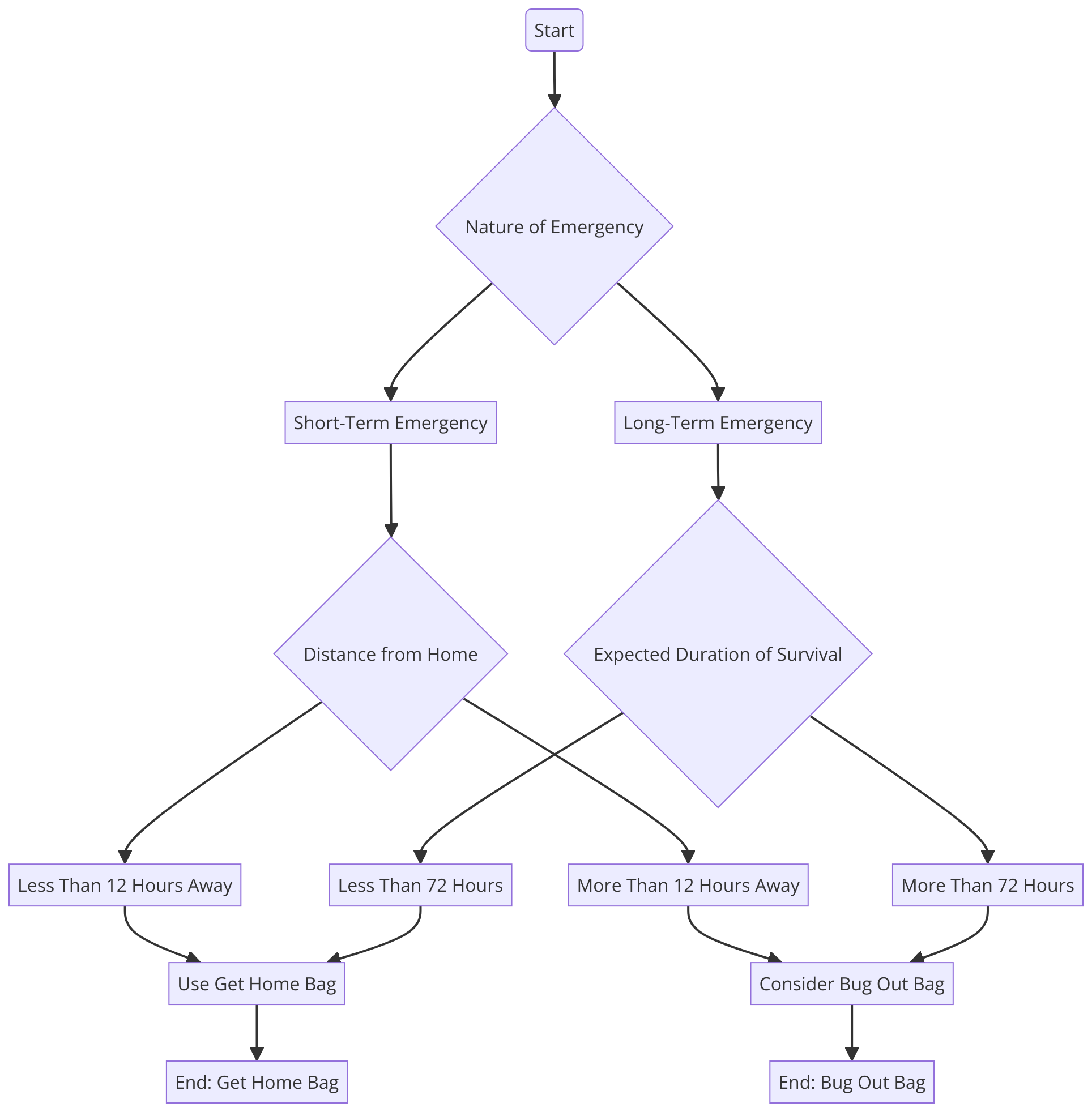
It focuses on get home bag essentials such as waterproof gear, a water filter for purification, and tools to assist in navigation and communication.
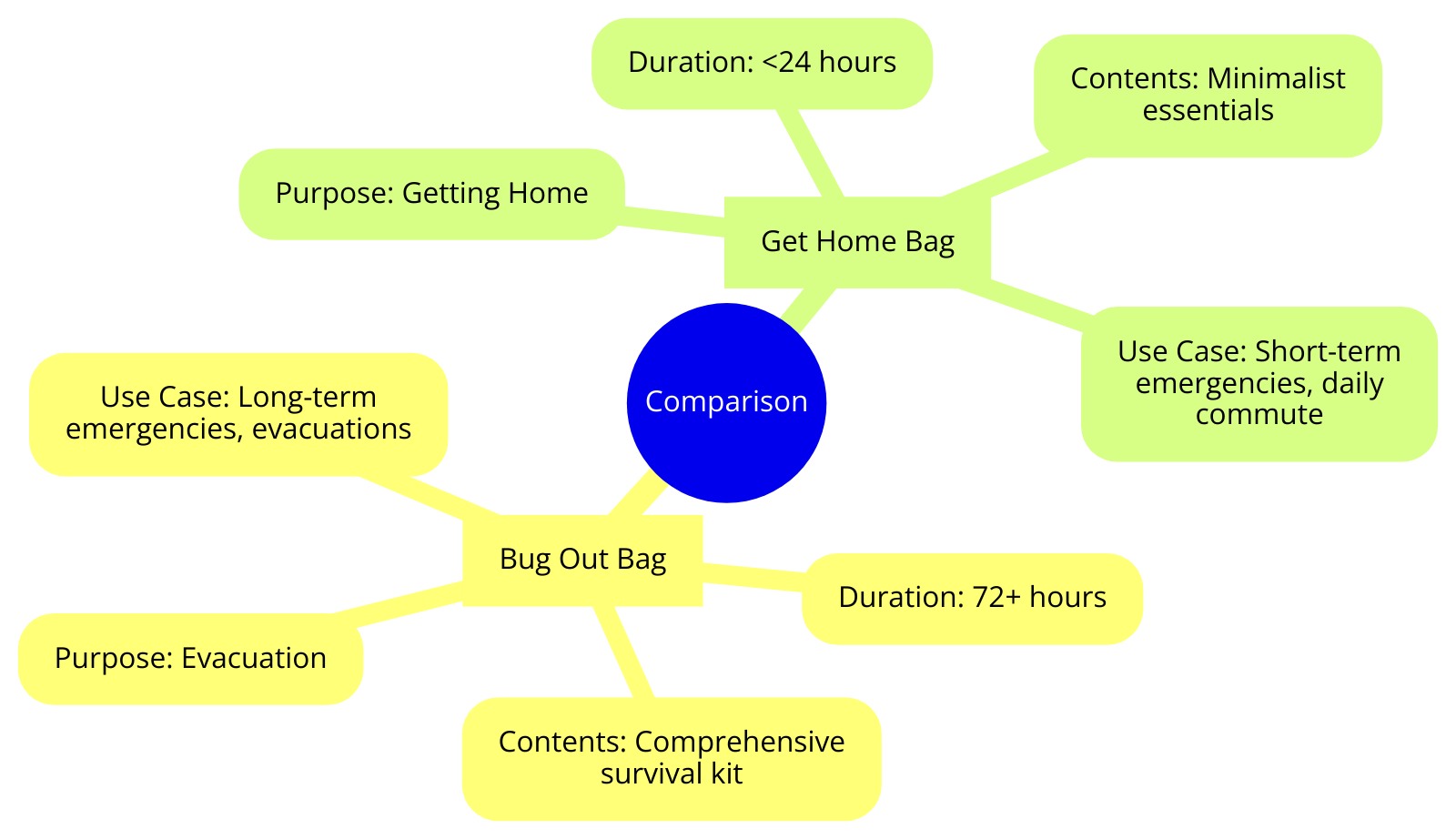
Complete Essential Items Checklist for Your Get Home Bag
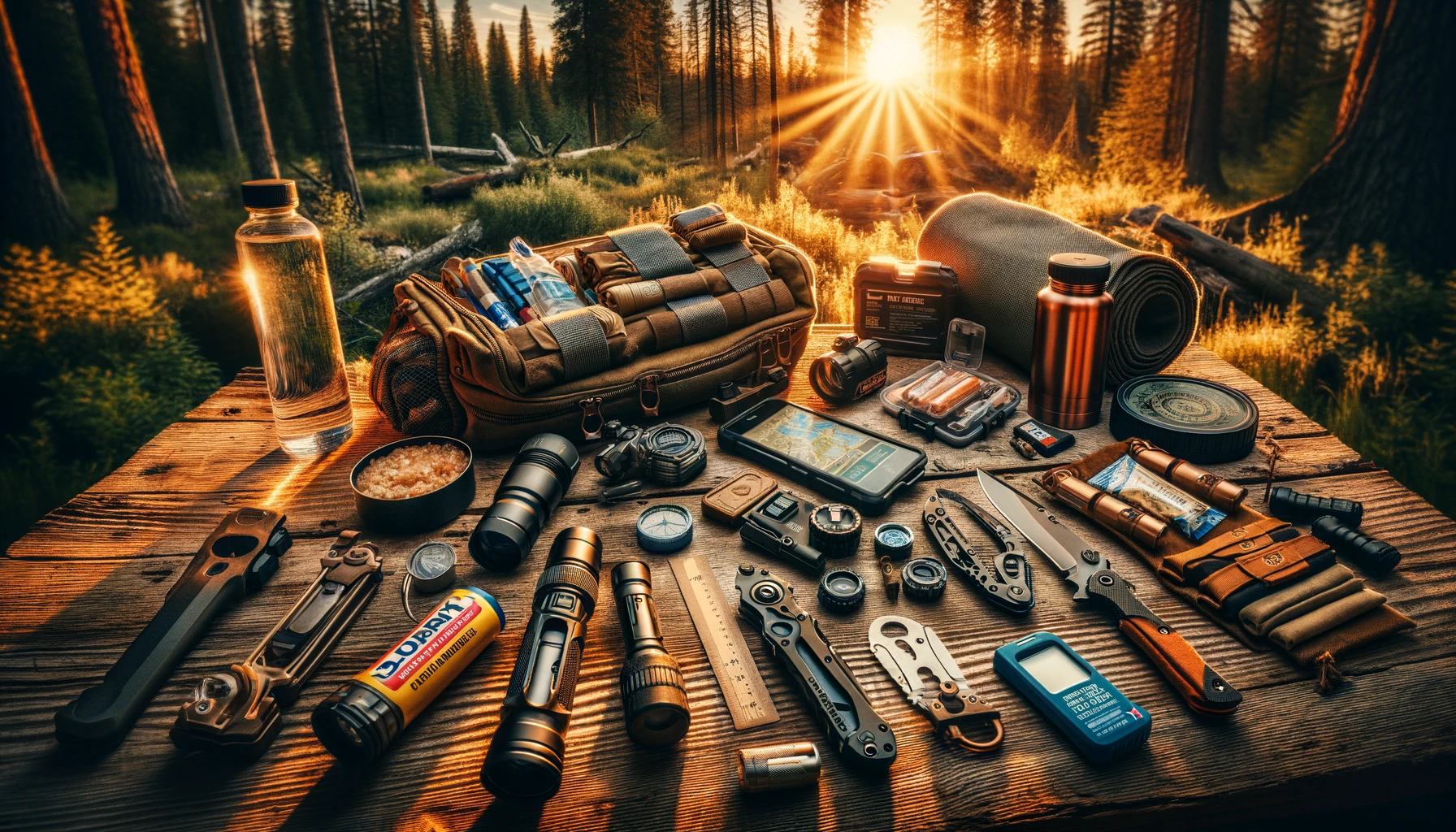
Don’t Leave Home Without These Essentials
Planning for unexpected situations like a natural disaster or being stranded away from home is crucial.
Your get home bag needs to be packed with care to ensure you have everything you need to survive and make your way back safely.
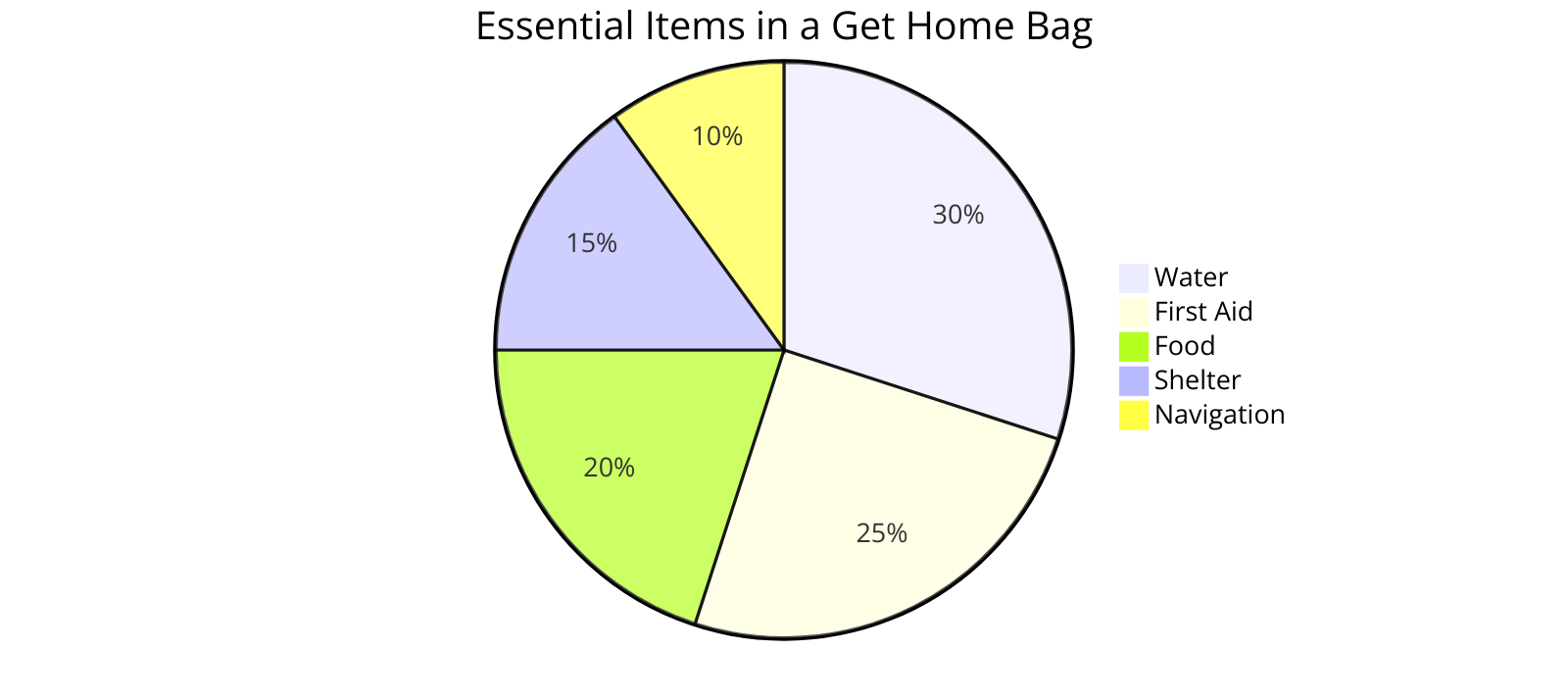
Here’s a quick rundown of must-have items for your get home bag list:
| Item | Purpose | Specifications |
|---|---|---|
| Water | Hydration during travel | 1-2 liters per person per day |
| Food | Sustenance during journey | Non-perishable, high-energy snacks |
| First Aid Kit | Address minor injuries | Bandages, antiseptic wipes, pain relievers |
| Multi-Tool | Versatile tool | Knife, pliers, screwdriver, can opener |
| Flashlight | Illumination | LED, compact, with extra batteries |
| Emergency Whistle | Signaling for help | Loud, attached to backpack strap |
| Fire Starter | Igniting fires | Waterproof matches or lighter |
| Emergency Blanket | Shelter and warmth | Lightweight, retains body heat |
| Map and Compass | Navigation | Detailed map, reliable compass |
| Personal Documents | Identification and papers | Copies of ID, insurance, contacts |
| Cash | Currency for emergencies | Small bills, waterproof container |
| Mobile Phone | Communication and navigation | Fully charged, with backup battery |
Being prepared with a well-stocked get home bag can make all the difference in safely navigating unforeseen challenges and ensuring you have the essentials to sustain yourself while getting home.
Water Survival Essentials: Filters, Bottles, and Purification Methods
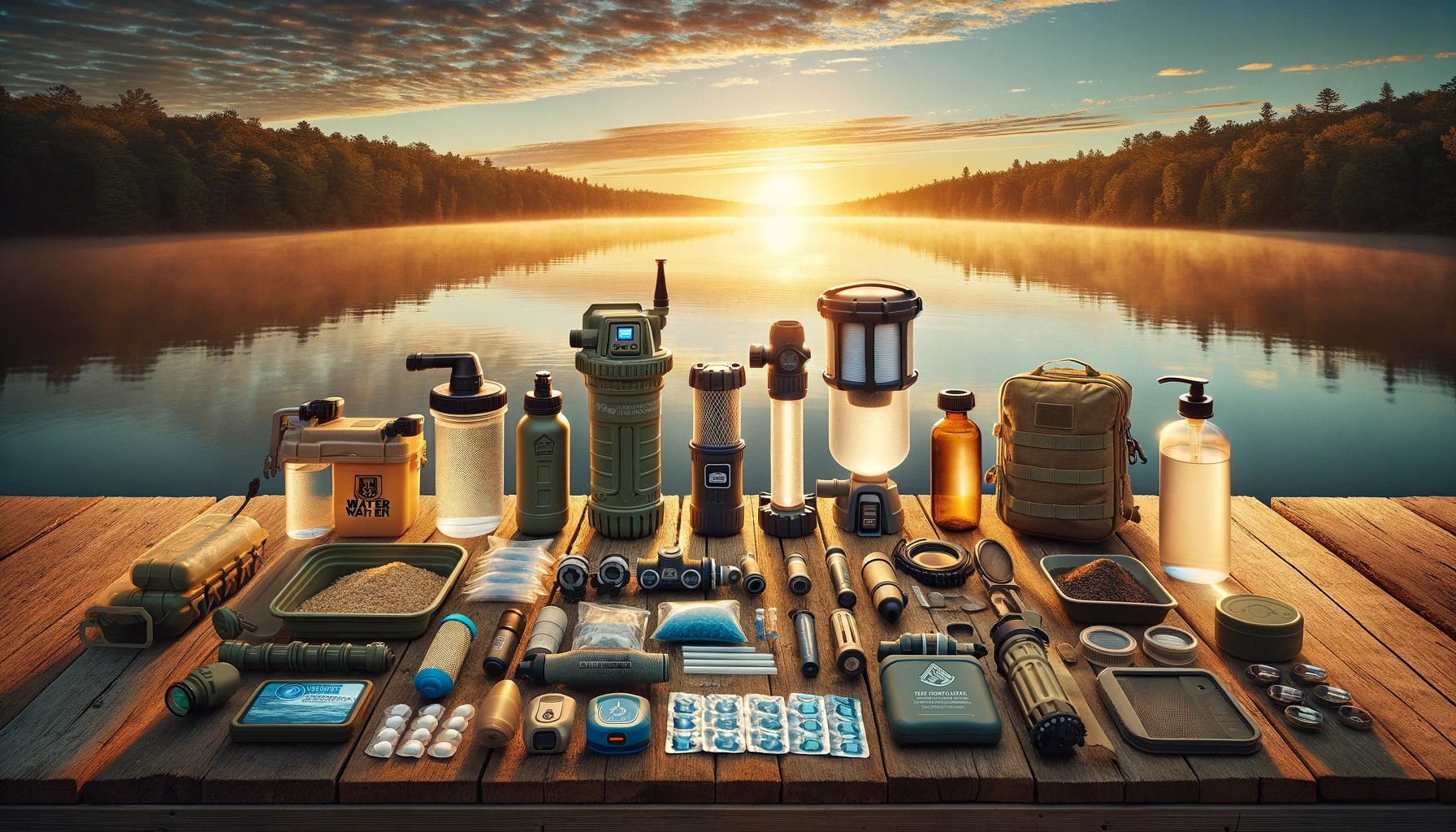
Choosing the Right Water Purification Method
When far from home, having access to clean water is paramount.
Your best get home bag should include essential water survival gear to keep you hydrated.
Consider including water purification tablets or a portable water filter in your emergency kit.
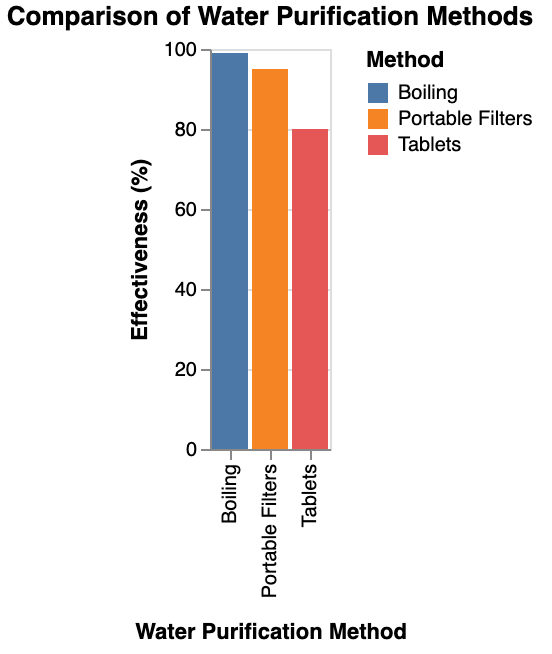
Remember, you might be miles away from home, so a reliable method to purify water is crucial.
Staying Hydrated On Your Way Back
Don’t get caught without portable water on your journey.
| Storage Method | Description | Pros | Cons |
|---|---|---|---|
| Reusable Water Bottles | Portable and convenient | Easy to refill, durable | Limited capacity, may leak |
| Collapsible Water Containers | Compact when empty, easy to store | Lightweight, reusable | Can be punctured or damaged |
| Hydration Bladders | Hands-free hydration | Large capacity, fits in backpack | Requires compatible hydration pack |
| Water Purification Tablets | Treats water on demand | Lightweight, compact | May alter taste of water |
| Filtered Water Bottles | Filters out impurities as you drink | Provides safe drinking water | Replacement filters required |
| Portable Water Filters | Purifies water from natural sources | Removes bacteria and parasites | Requires manual pumping or squeezing |
Get a survival bottle that can filter out harmful contaminants.

With the right water purification methods, you’ll have a reliable way to stay hydrated on your way back home.
Navigation Mastery: Maps, Compass, and GPS for Emergency Situations
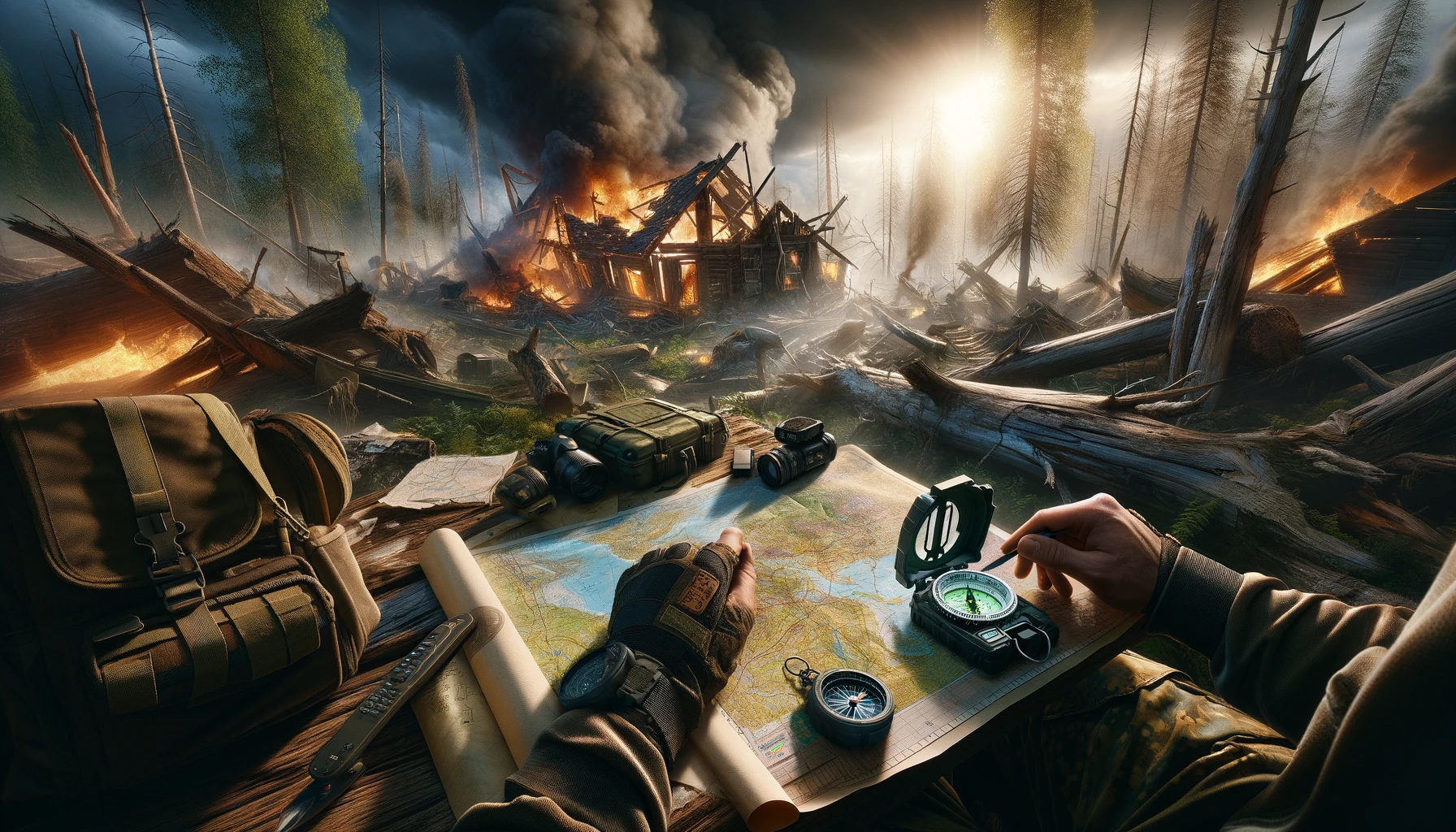
Navigating with Confidence
When it comes to navigating in emergency situations, having a well-equipped urban environment map can be a lifesaver.
Make sure to include items like a reliable compass and detailed maps in your larger bag.
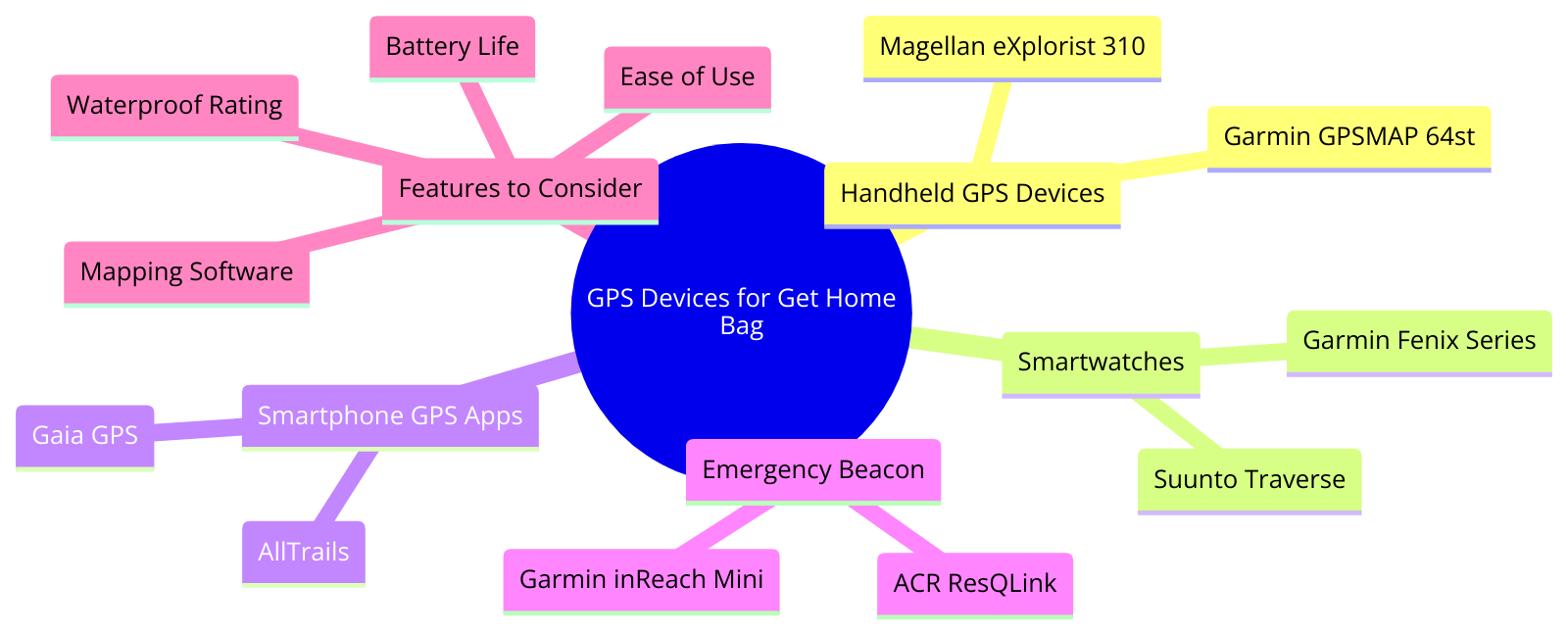
These tools will be crucial in helping you find your way back home safely, especially if you’ve been spending time away from home.
Technology on Your Side
Incorporating a GPS device into your everyday carry bag can significantly enhance your navigation capabilities.
| GPS Device Model | Battery Life | Durability | Additional Survival Features |
|---|---|---|---|
| Garmin inReach Mini | Up to 50 hours (10 min tracking) | Waterproof (IPX7), MIL-STD-810G durability standards | Two-way messaging, SOS emergency button, weather updates |
| SPOT Gen4 | Up to 15 days (10 min tracking) | Waterproof (IPX7), impact-resistant | SOS button, tracking, check-in messages |
| Garmin GPSMAP 66i | Up to 35 hours (10 min tracking) | Water-resistant, MIL-STD-810G durability standards | Two-way messaging, SOS emergency button, preloaded maps |
| Garmin eTrex 32x | Up to 25 hours (2 AA batteries) | Water-resistant, durable build | Preloaded maps, geocaching, hunting/fishing features |
| Suunto Traverse Alpha | Up to 14 days (time mode) | Water-resistant (100m), shock-resistant | GPS/GLONASS navigation, breadcrumb trail, hunting/fishing modes |
These devices not only provide precise location data but can also help you plot the most efficient route back home.
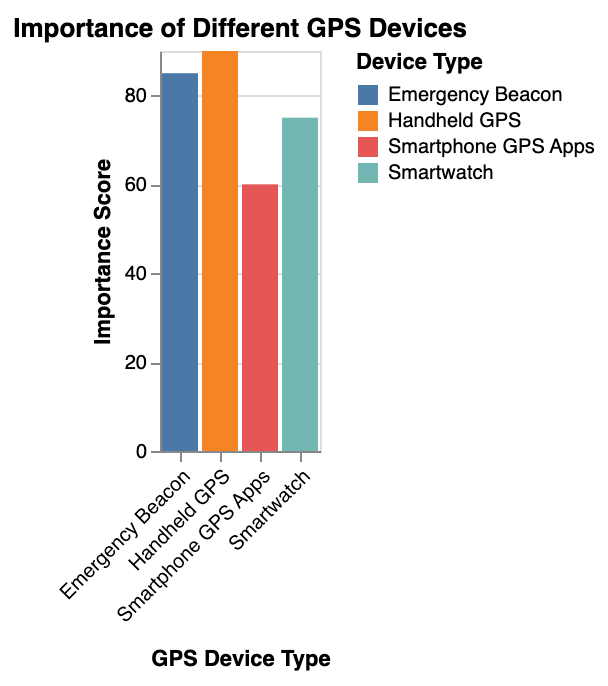
Whether it’s a bug out bag guide or a get home bag, having the right navigation tools can mean the difference between getting lost and finding your way back to safety.
Life-Saving First Aid Kit and Medical Supplies
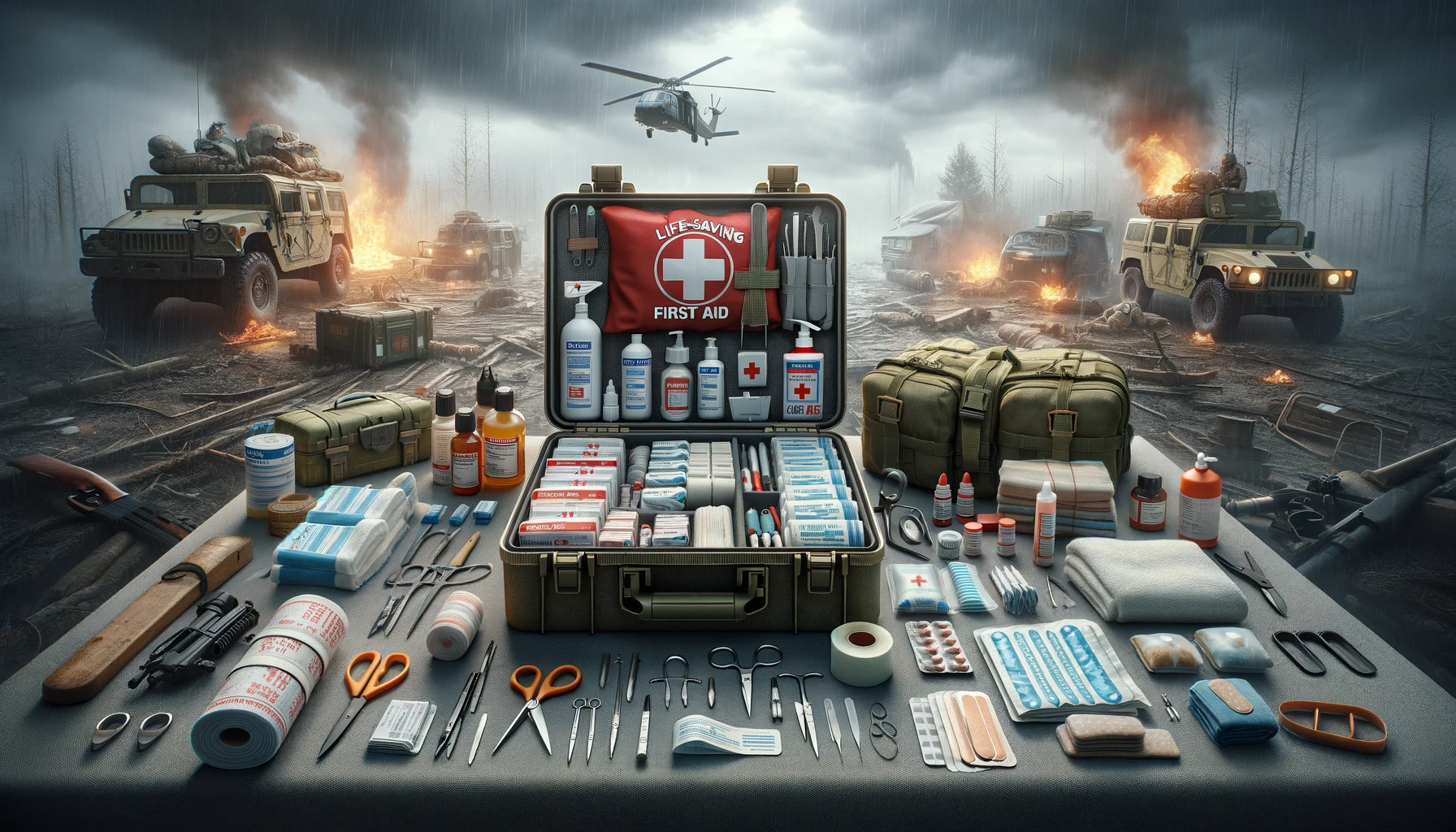
Planning Your First Aid Kit
When it comes to putting together your first aid kit, it’s crucial to tailor it to your needs based on where you might be when an emergency strikes.
Whether you’re at the gym, work, or caught in a winter storm, having the essentials in place is key to ensuring you can provide immediate care until you reach home.
Consider using a durable gym bag or a compact backpack to store your bag – something that’s easy to grab and go when the time comes.
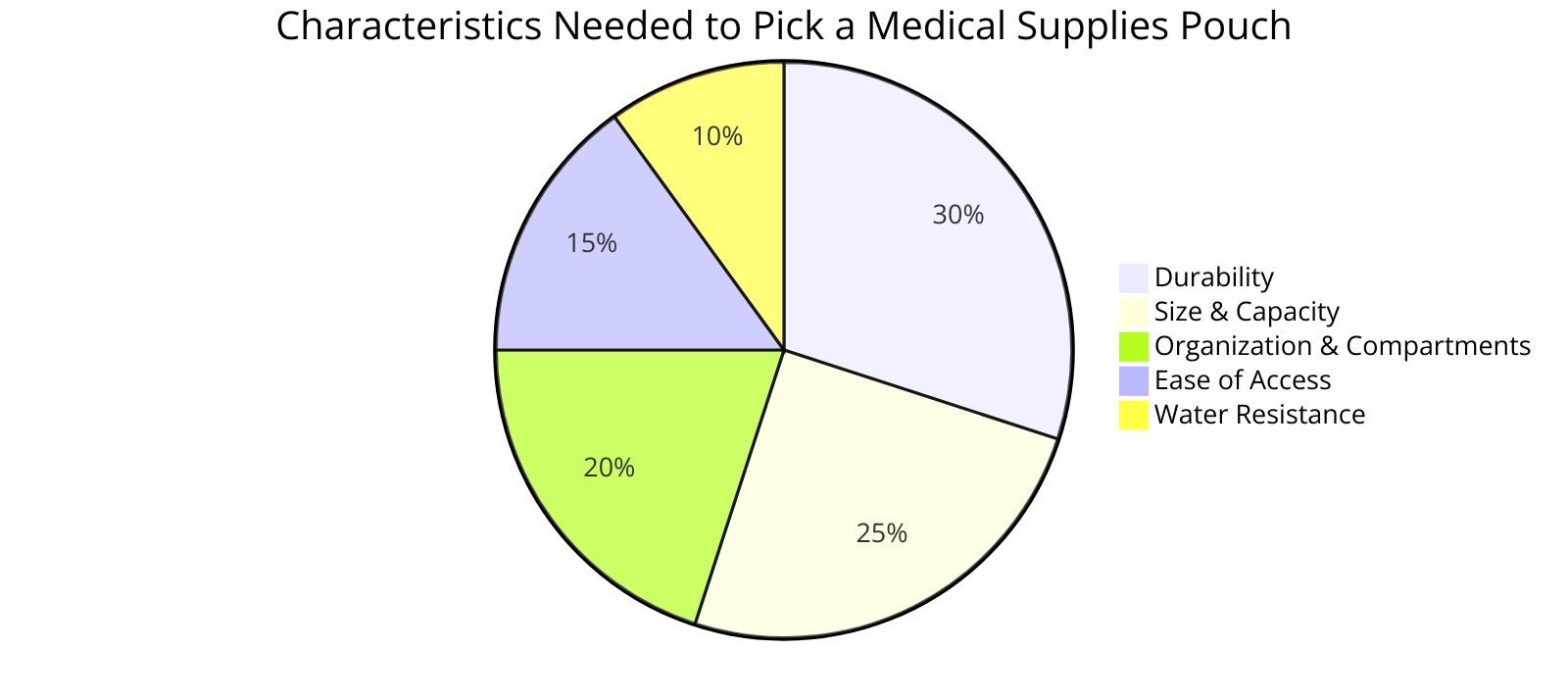
Remember, the goal of your bag is to get you back to your home safely and swiftly.
Essential Supplies in Your Kit
Your bag is a collection of tools that can help you when in need.
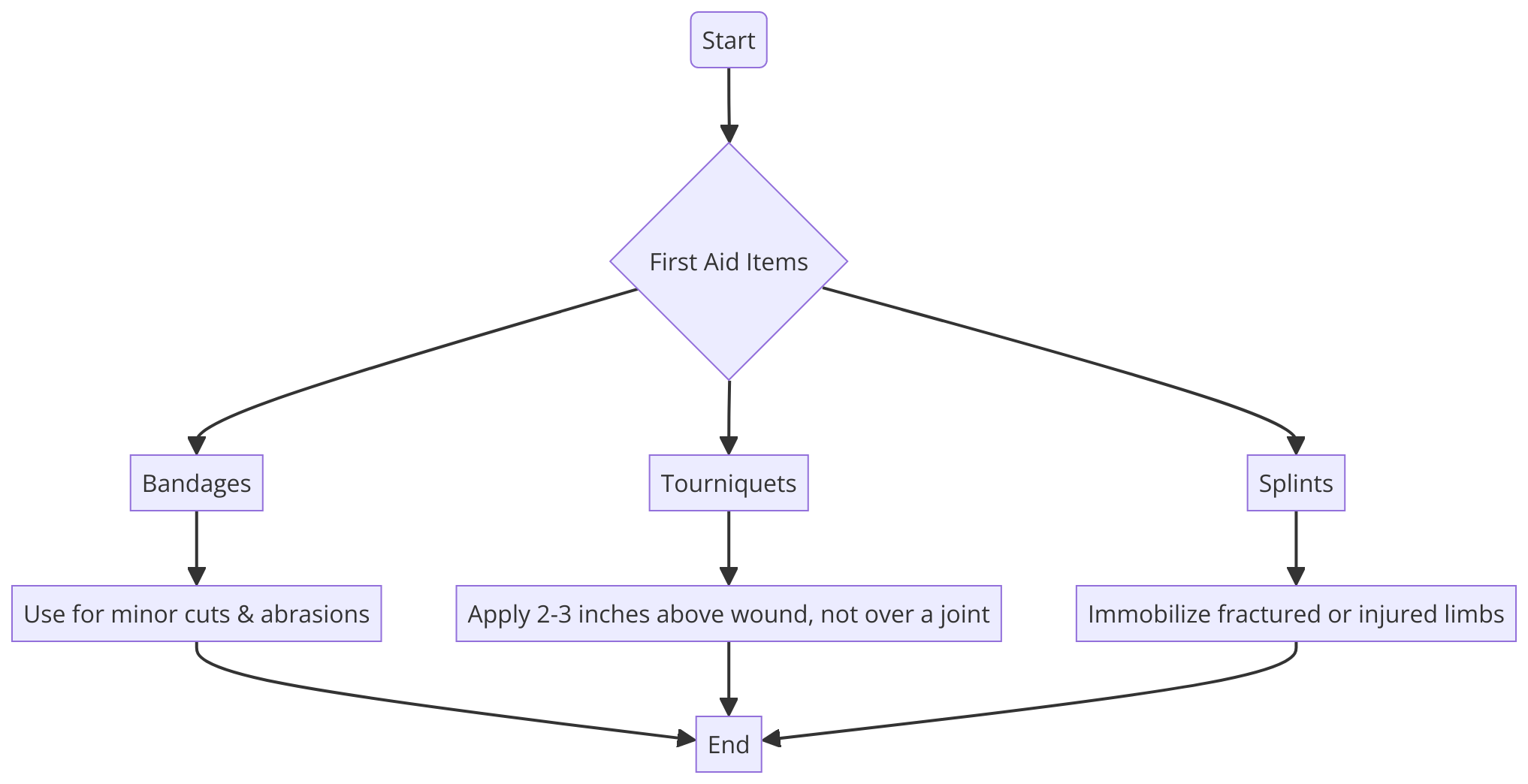
Stock it with bandages, disinfectants, pain relievers, and any prescription medication you might need.
| Item | Use | Quantity |
|---|---|---|
| Adhesive Bandages | Minor wound protection | Assorted sizes |
| Gauze Pads | Wound dressing and absorption | 10 pads |
| Adhesive Tape | Securing bandages and dressings | 1 roll |
| Antiseptic Wipes | Cleaning wounds | 10 wipes |
| Tweezers | Removing splinters and debris | 1 pair |
| Disposable Gloves | Preventing contamination | 1 pair |
| CPR Mask | Performing CPR safely | 1 mask |
| Emergency Blanket | Providing warmth and shelter | 1 blanket |
When choosing what to include in your kit, think about how each item can assist you in different scenarios to achieve the ultimate goal of getting back to your home to get home to your family.
Essential Food and water rations for 72-Hour Survival
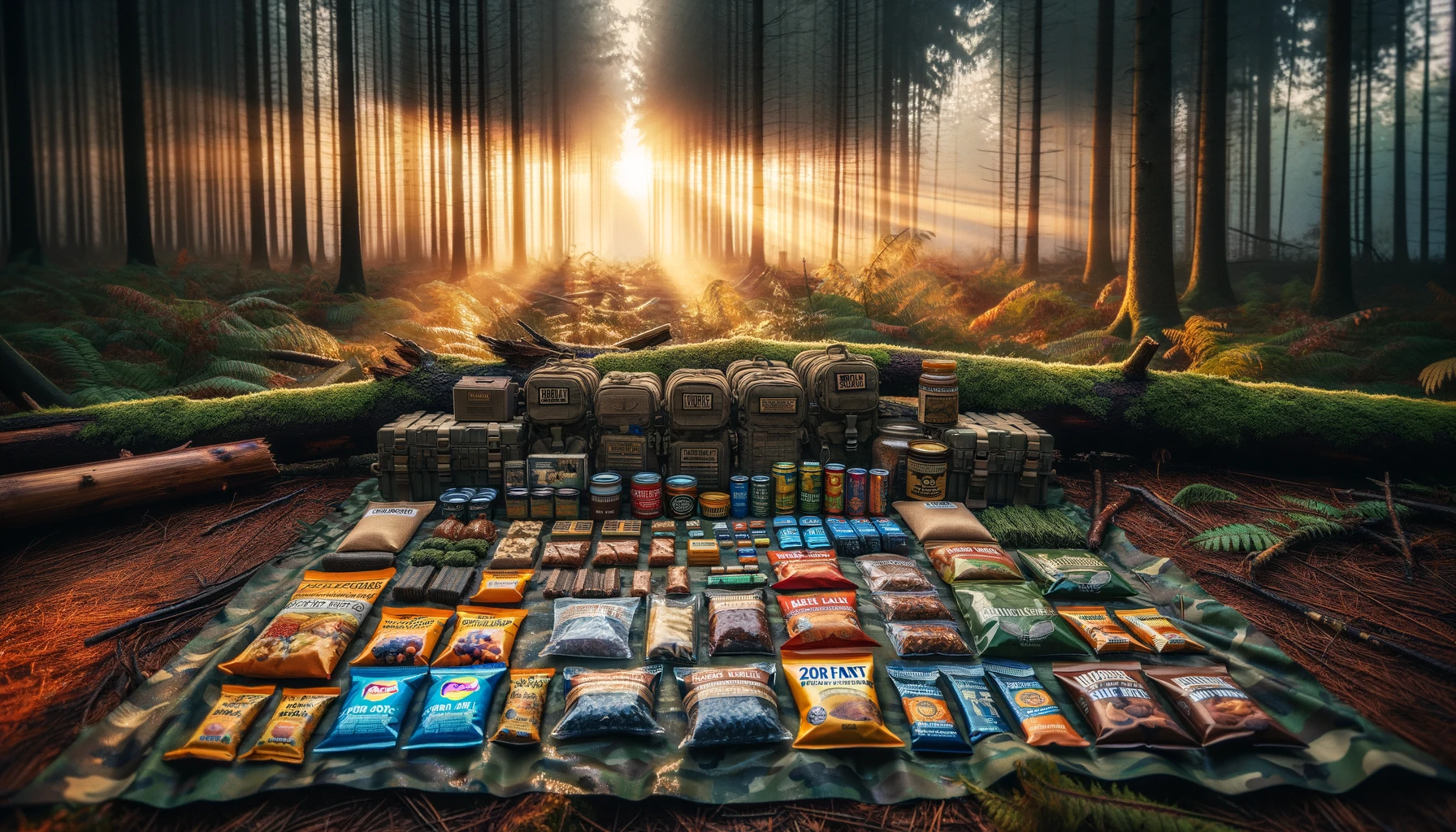
Food and Water Essentials in Your Get Home Bag
When considering essential food and water rations for 72-hour survival, it’s crucial to factor in the size of your get home bag.
Ensure your collection of items includes level 1 items that cater to immediate needs to get home.
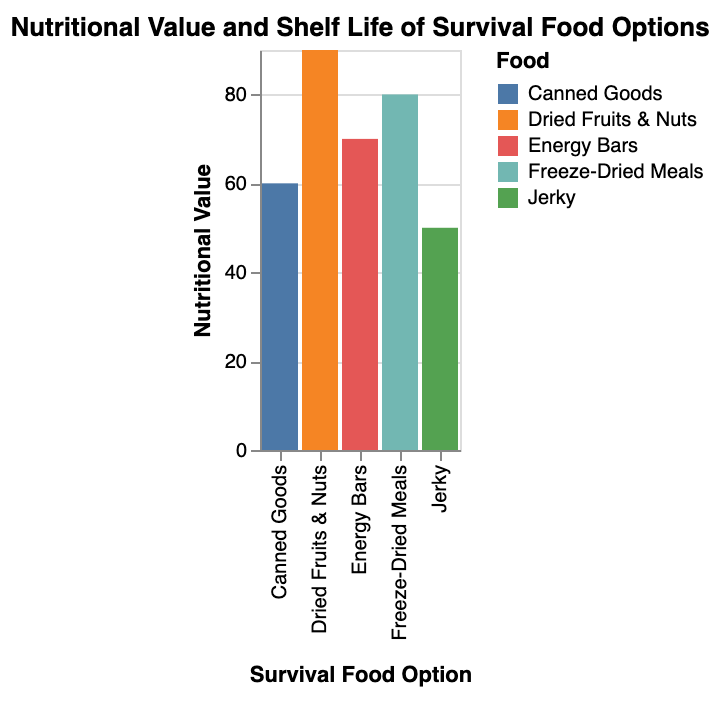
Survival uses of these items may vary, so aim to pack efficiently according to the 3 miles per hour estimate for your route home.
Choosing the Right Food and Water Options
Select survival rations that are lightweight and high in energy, catering to 72-hour survival.
Include water purification methods like filters or tablets for safety.
Consider nutrition bars, dehydrated meals, and water pouches for sustenance.
| Product Type | Caloric Density | Preparation Time | Storage Requirements |
|---|---|---|---|
| Energy Bars | High | None | Cool, dry place |
| Freeze-Dried Meals | High | Rehydration required | Cool, dry place |
| Meal Replacement Bars | Moderate to high | None | Cool, dry place |
| Dehydrated Fruits | Moderate to high | None | Cool, dry place |
| MREs | High | Heating required | Cool, dry place, long-term storage conditions |
| Canned Goods | Moderate | Heating optional | Cool, dry place |
Plan for both immediate consumption and reserve options.
Prioritize compact and long-lasting supplies that won’t weigh down your get home bag.
Shelter and Warmth: Choosing the Right Sleeping Bag and Survival Blanket

Tips for Choosing Your Sleeping Bag and Blanket
When it comes to survival shelter in emergency situations, having the right sleeping bag and survival blanket in your car kit can make all the difference.
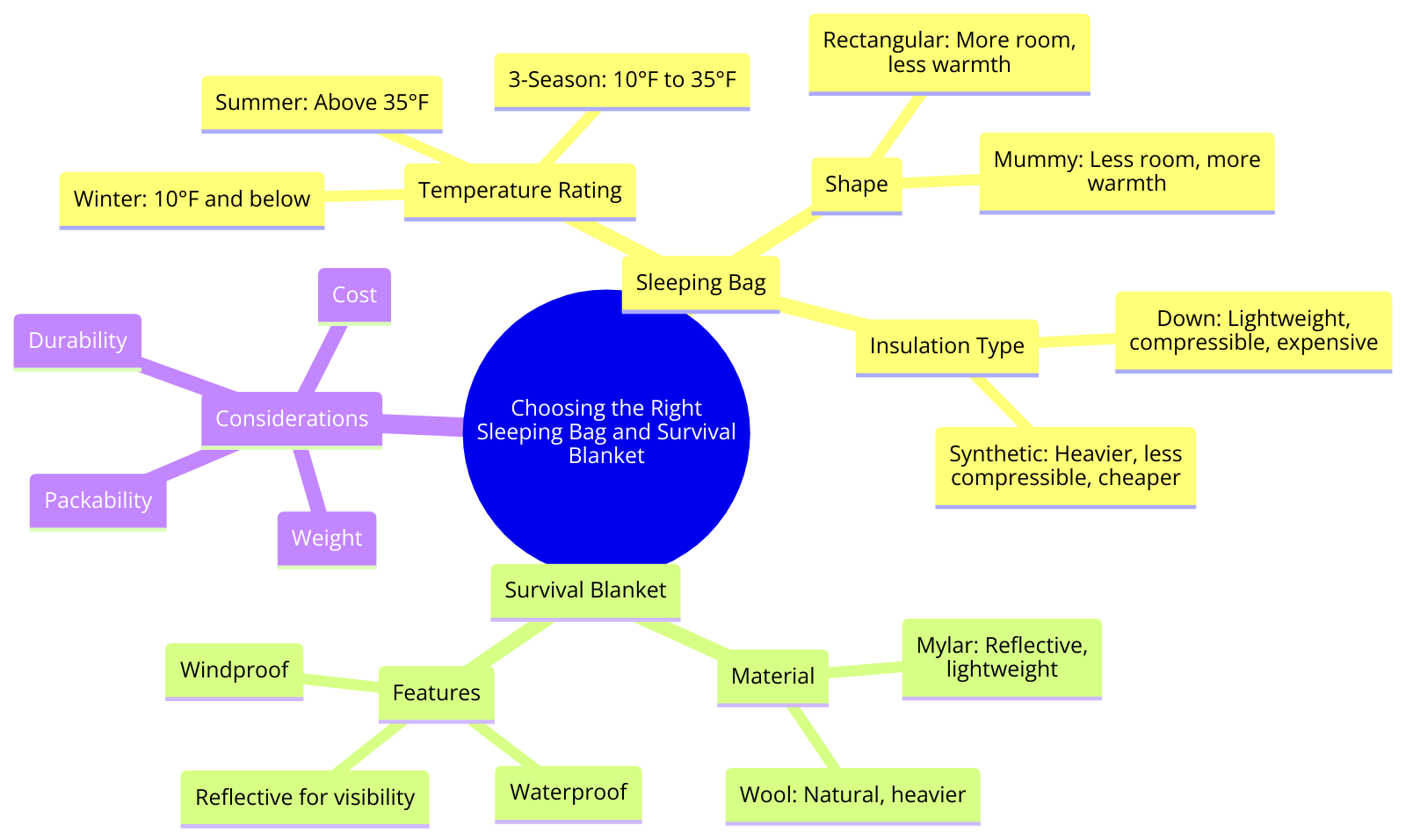
Consider a sleeping bag that is suitable for longer-term survival, with a temperature rating that matches the conditions you may face.
Opt for a survival tarp to provide extra protection from the elements when setting up your emergency supplies.
Organizing Your Survival Supplies
To ensure easy access to your survival supplies, divide your essentials into three compartments within your car kit.

Keep your sleeping bag and survival blanket in a waterproof bag to protect them from moisture.
| Attribute | Sleeping Bag | Survival Blanket |
|---|---|---|
| Temperature Rating | Rated for specific ranges | Not rated, provides basic insulation |
| Weight | Heavier (1-3 kg or more) | Lightweight (less than 0.5 kg) |
| Packed Size | Bulkier when packed | Compact and foldable |
| Insulation | Synthetic or down fibers | Reflective material for heat reflection |
| Durability | Durable for repeated use | Less durable, may tear easily |
| Price | Generally more expensive | More affordable |
Include survival cards with essential tips for survival situations related to shelter and warmth.
Plan for food and water rations that can sustain you for at least 72 hours alongside your sleeping gear.
More Resources:


